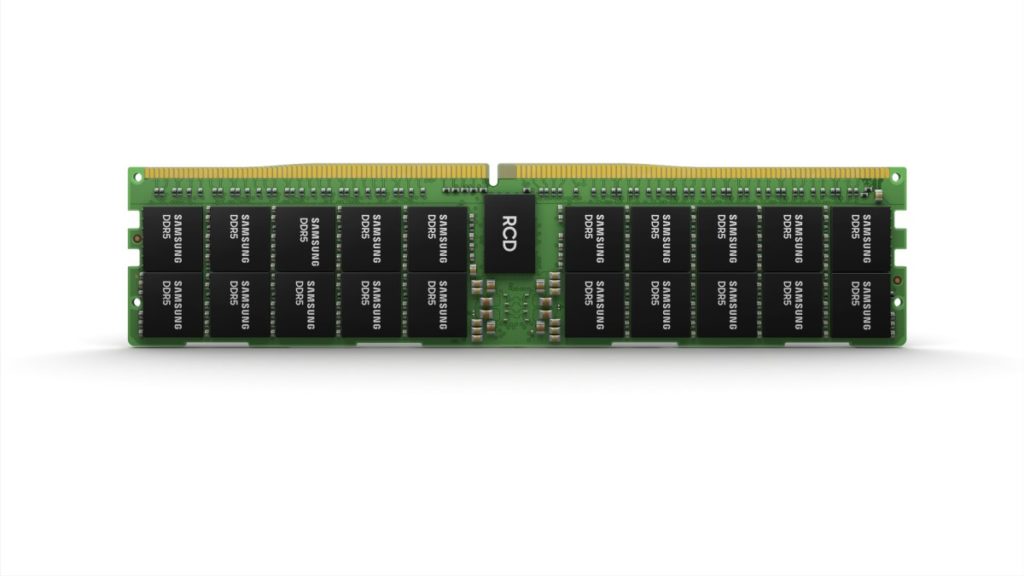
Samsung has worked with Intel to develop the industry’s first 512 GB DDR5 memory modules using High-K Metal Gate (HKMG) process technology. Carolyn Duran, Vice President and GM of Memory and IO Technology at Intel, said her engineering teams have partnered closely with Samsung to deliver the power-efficient memory. It has been optimized for Intel’s forthcoming Xeon Scalable processors, Sapphire Rapids.
“Samsung is the only semiconductor company with logic and memory capabilities and the expertise to incorporate HKMG cutting-edge logic technology into memory product development,” said Young-Soo Sohn, Vice President of the DRAM Memory Planning/Enabling Group at Samsung Electronics. “By bringing this type of process innovation to DRAM manufacturing, we are able to offer our customers high-performance, yet energy-efficient memory solutions to power the computers needed for medical research, financial markets, autonomous driving, smart cities, and beyond.”
Traditionally used in logic semiconductors, HKMG was initially adopted by Samsung for its GDDR6 memory in 2018. The technology allows for twice the speeds of DDR4 at up to 7,200 Mbps while using roughly 13 percent less power. The lower power consumption is achieved by using HKMG material, which decreases leakage. Samsung uses through-silicon via (TSV) technology to stack eight layers of 16 GB DRAM chips for a capacity of 512 GB. TSV was originally used in DDR4 server modules by Samsung in 2014. Different variations of the memory are being sampled for verification by customers for use in AI/ML, exascale computing, analytics, networking, and other data-intensive workloads.

